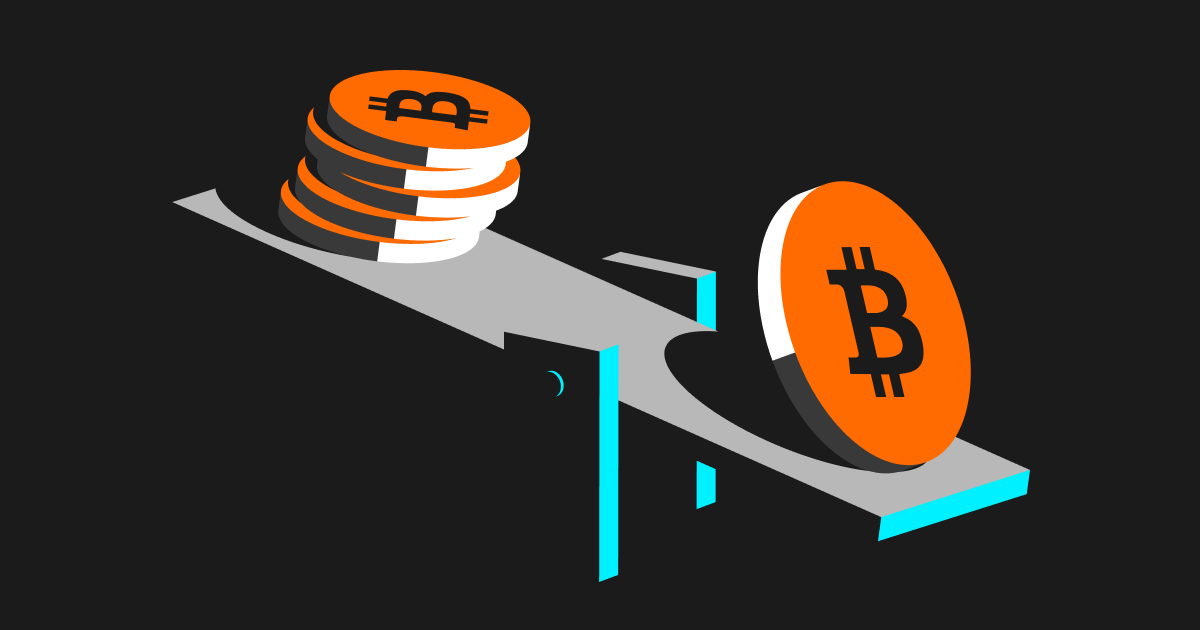Bitget beginner's guide: Deep dive into margin trading

What is margin trading?
Margin trading allows investors to increase the size of their futures trades by borrowing funds, aiming for higher returns. On Bitget, you only need to deposit a portion of the total order value as margin to open a larger position. This approach is ideal for users who want to amplify potential gains with limited capital—but it also comes with increased risk.
How does margin trading work?
In Bitget's futures trading, margin refers to the funds in your account used to open and maintain positions. The margin mode determines how your funds are allocated and how risk is managed. Here's how it works:
• Initial margin: The minimum amount required to open a position. For example, with a 5% initial margin rate and BTC priced at 50,000 USDT, opening a 1 BTC position would require 2500 USDT as the initial margin.
• Maintenance margin: The minimum amount required to keep a position open. If your margin falls below this level, a margin call or liquidation may be triggered.
• Leverage: Bitget offers multiple leverage options (e.g., 10x, 20x). The higher the leverage, the lower the initial margin required — but the greater the risk.
Calculation example:
Assume BTCUSDT is trading at 50,000 USDT, and you open a 1 BTC position using 10x leverage.
• Total position value: 50,000 USDT
• Initial margin: 50,000 ÷ 10 = 5000 USDT
• If BTC rises to 51,000 USDT, you earn a 1000 USDT profit (ROI: +20%)
• If BTC drops to 49,000 USDT, you incur a 1000 USDT loss (ROI: –20%)
As you can see, leverage amplifies both gains and losses in margin trading.
Comparing margin modes
Bitget supports several margin modes. Here's a quick comparison to help you choose the one that best suits your trading strategy:
|
Margin mode |
Definition |
Pros |
Cons |
Best for |
|
Isolated margin |
Margin is calculated separately for each position and does not affect others. |
Isolates risk; losses are limited to the specific position. |
Lower capital efficiency; each position requires its own margin. |
High-risk strategies or short-term trades. |
|
Cross margin |
All available funds in your account are used as margin, shared across all positions. |
High capital efficiency and flexibility to respond to market fluctuations. |
Concentrated risk — a loss in one position can affect all positions. |
Multi-position management or long-term holding. |
|
Cross-currency margin |
Multiple cryptocurrencies can be used as margin. |
Diversified portfolio and increased flexibility. |
Margin value may fluctuate with crypto price movements. |
Users with a diversified asset mix. |
FAQ
1. What is a margin call?
A margin call occurs when your margin value drops below the maintenance level due to market volatility. To avoid liquidation, you’ll need to add more margin.
2. How can I reduce risk in cross margin mode?
Set stop-loss orders, manage position sizes wisely, and avoid excessive leverage to lower overall account risk.
3. Does the margin change in real time?
Yes. Margin values are updated in real time based on spot prices and futures values. You can track this live on Bitget's trading interface.
Share

